
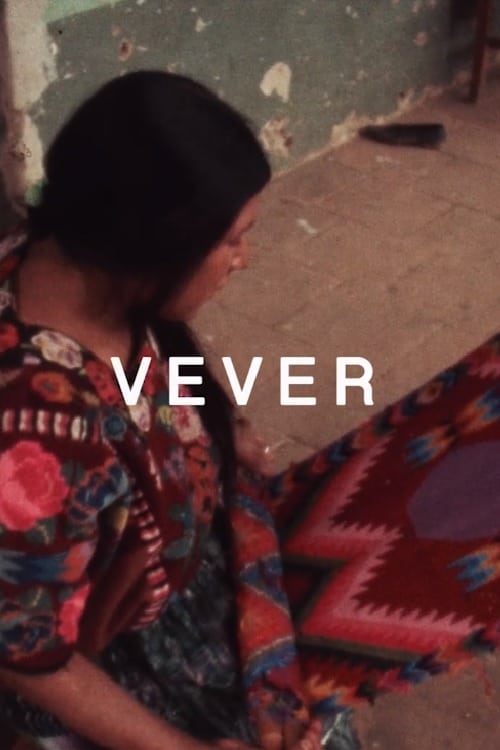
Deborah Stratman brings past perspectives into the contemporary moment in a montage of unfinished film footage from artist Barbara Hammer with evocative sound, texts, and teachings from artist Maya Deren. Vever poetically draws connects between three generations of women filmmakers who separately, and now together, have taken on unknown challenges, and opened themselves up to reinterpretation in their filmmaking practices.
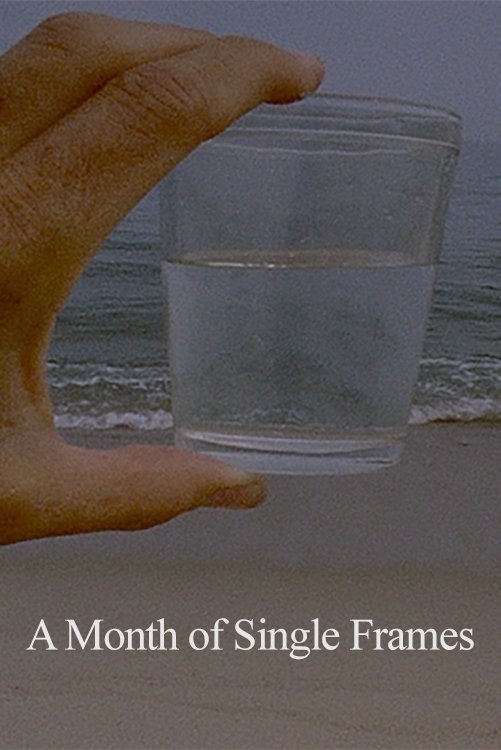
In 1998, filmmaker Barbara Hammer had a one-month artist residency in the C Scape Duneshack which is run by the Provincetown Community Compact in Cape Cod, Massachusetts. The shack had no running water or electricity. While there, she shot 16mm film with her Beaulieu camera, recorded sounds with her cassette recorder and kept a journal. In 2018, Barbara began her own process of dying by revisiting her personal archive. She gave all of her Duneshack images, sounds and writing to filmmaker Lynne Sachs and invited her to make a film with the material.
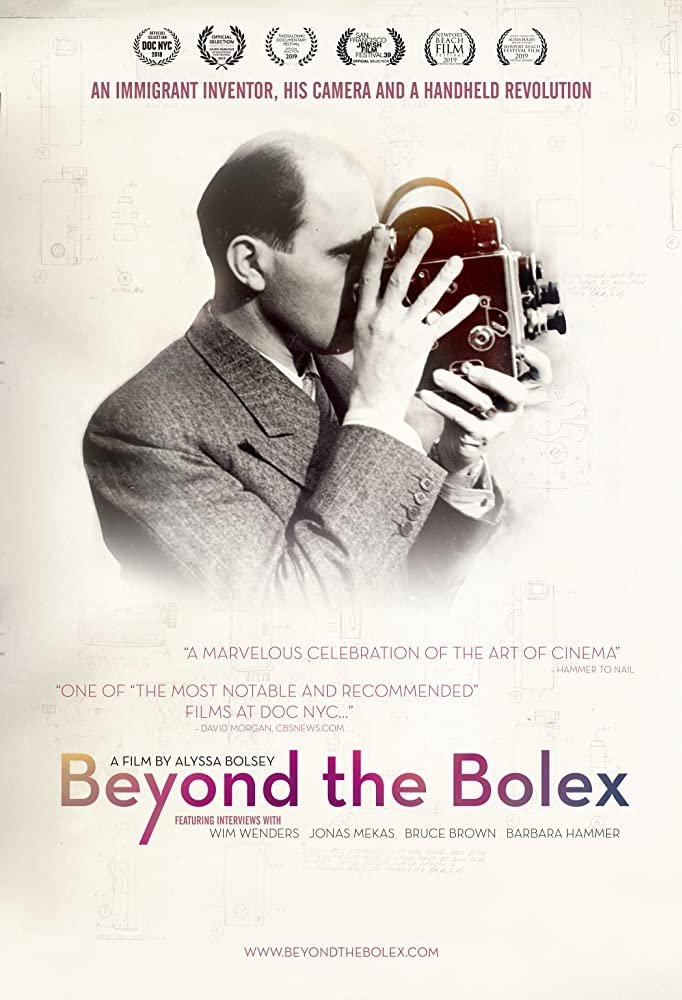
Filmmaker Alyssa Bolsey stumbles on a treasure trove of vintage cameras, old film reels, fading photos, technical drawings and boxes of documents that belonged to her great-grandfather Jacques Bolsey. Among the many boxes, she spots an old movie camera with the word "Bolex" embossed on its side and a dangling tag with the date, "1927." Entranced, she embarks on a journey to reveal how Jacques aimed to disrupt the early film industry with a motion picture camera for the masses.
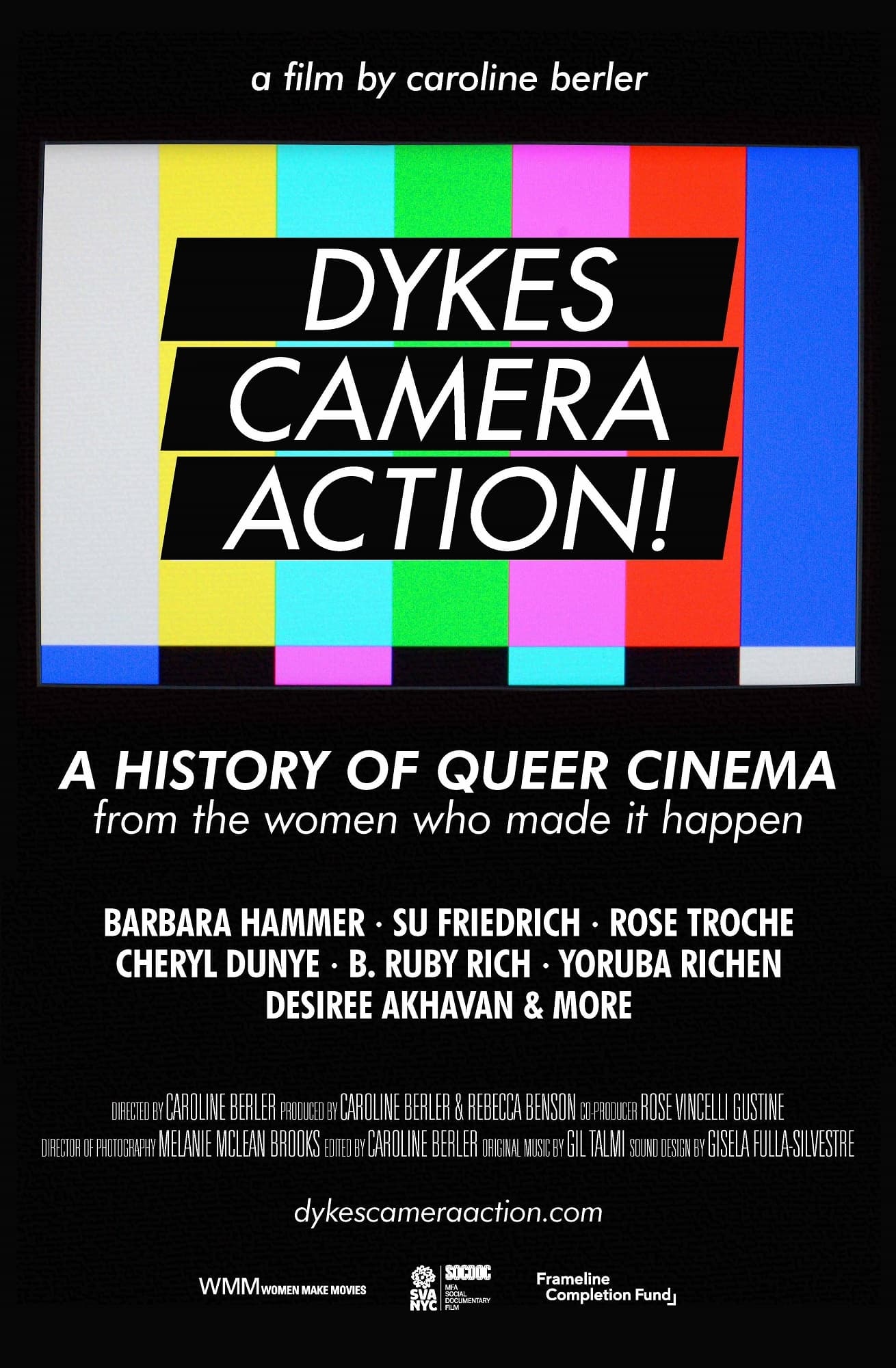
The film examines the ways that women directors have contributed to this genre and emphasizes the role that the media play in representation of sexuality and gender, underscoring the power that film has to shape our perceptions of one another. Visually, this documentary comes to life on screen through compelling and intimate original interviews, intercut with emotionally-charged archival footage, photographs, ephemera, inspired music, and film clips.
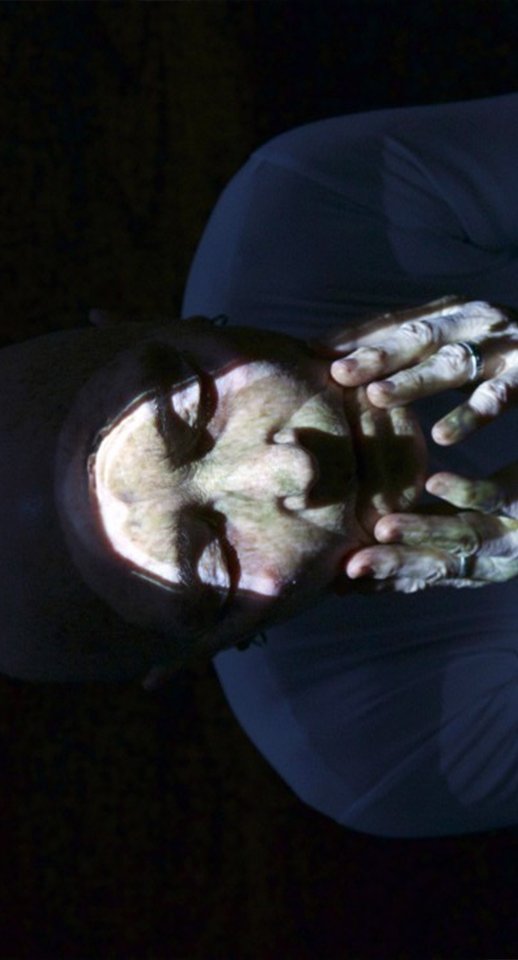
We, as human beings on a small globe, united by evolutionary structure and biological DNA have a chance to come together through the experience of empathy and identification with the sensitive body. An unspoken plea for viewers to engage with compassion, to experience vulnerability, to know through evidence this body is their body.

From 2015 to 2017, Lynne Sachs visited with Carolee Schneemann, Barbara Hammer and Gunvor Nelson, three multi-faceted artists who have embraced the moving image throughout their lives.
What do filmmakers as disparate as Kevin Smith, Ed Burns, Rob Epstein, and Barbara Hammer have in common? A secret weapon known as Bob Hawk. As a veteran of the American independent film scene since its inception, the cinephile and consultant has been a regular, cherished presence at film festivals and markets for over three decades. Hawk saw promise in scrappy, independently produced films like Clerks and The Brothers McMullen when no one else even knew to look, and he brought these films to the attention of the Sundance Film Festival, thereby launching multiple careers in the process. An unsung champion of new voices, he has discovered innovative work, nurtured new talents, and brokered relationships with film festivals and critics alike, while staying out of the spotlight—until now. At 75, Bob Hawk looks back on a still-vibrant life in independent film, exploring how the rebellious gay son of a preacher found his calling as a behind-the-scenes film impresario.
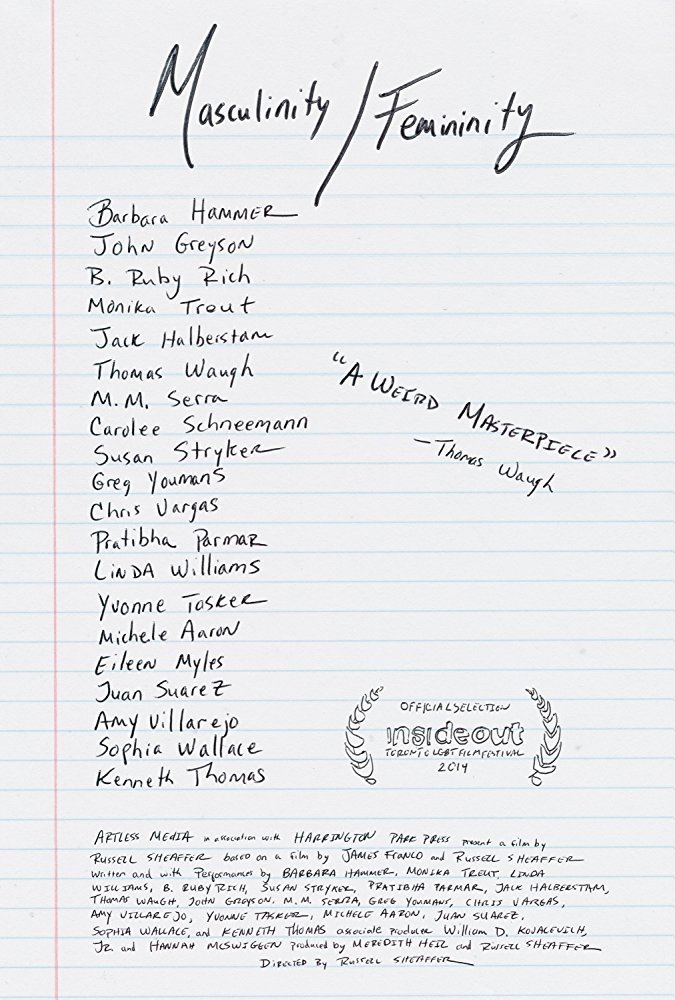
Masculinity/Femininity is an experimental film project interrogating normative notions of gender, sexuality and performance. Shot primarily on Super 8, the project merges academic and creative critique -- a document of gender de-construction rather than a documentary about gender construction.
Barbara Hammer was born on May 15, 1939 in Hollywood, California. She was a visual artist working primarily in film and video. She made over 80 moving image works in a career that spanned 40 years. She is considered a pioneer of queer cinema.
By browsing this website, you accept our cookies policy.